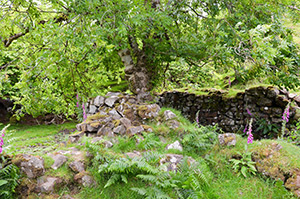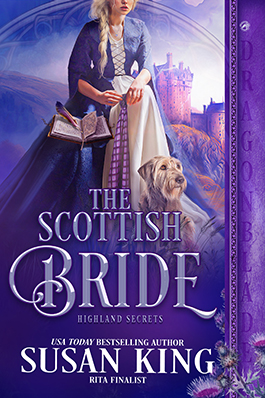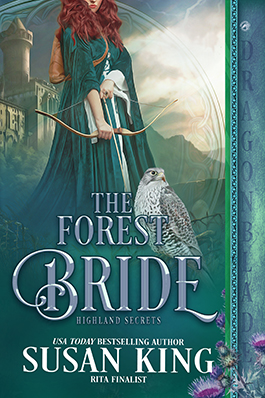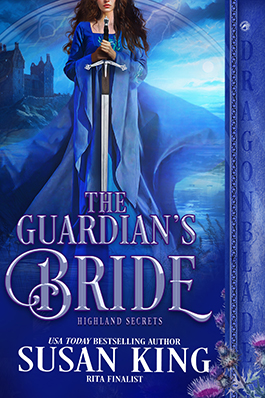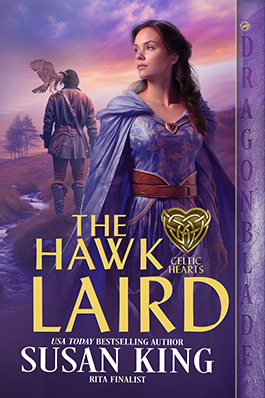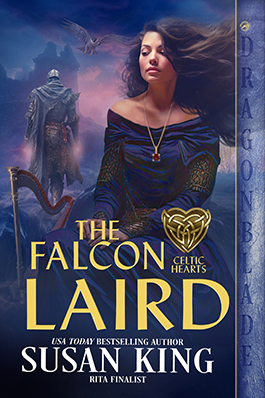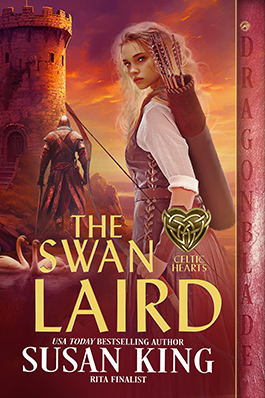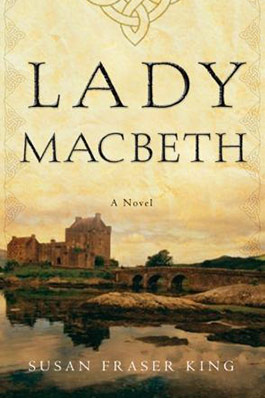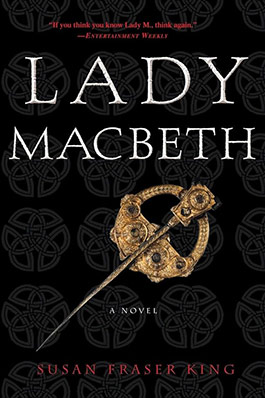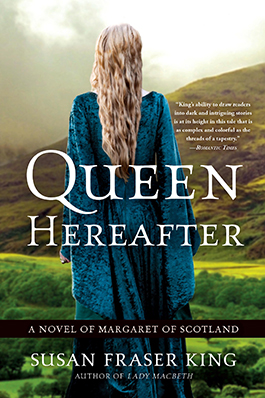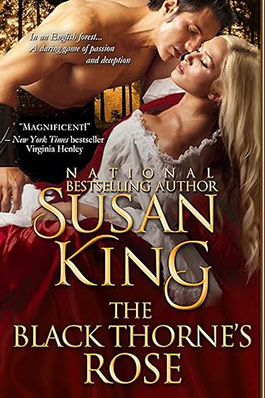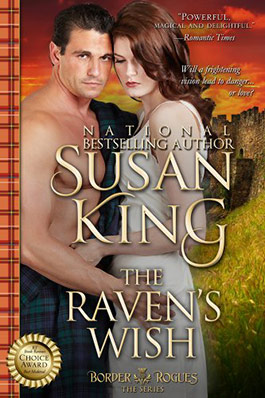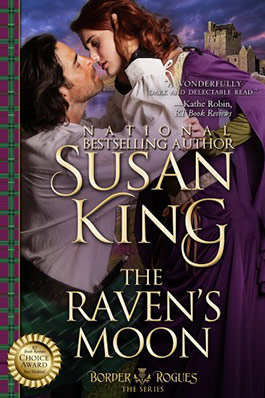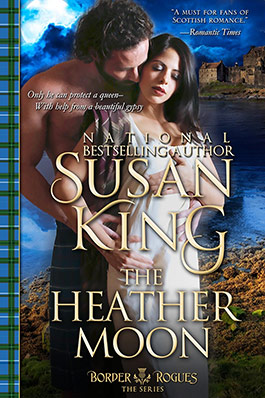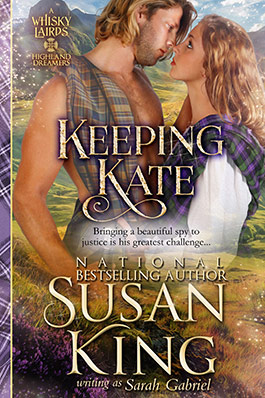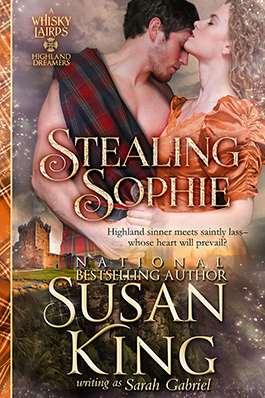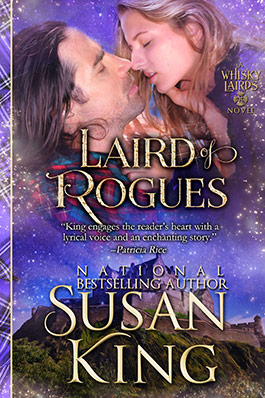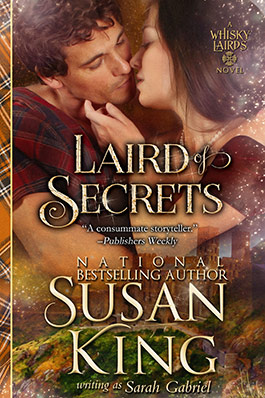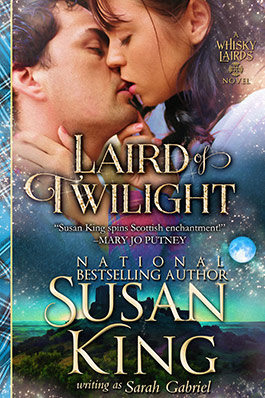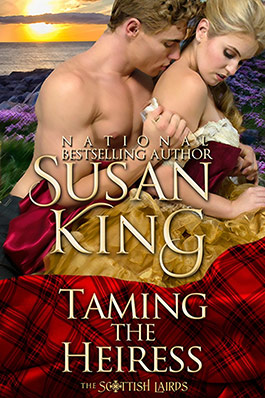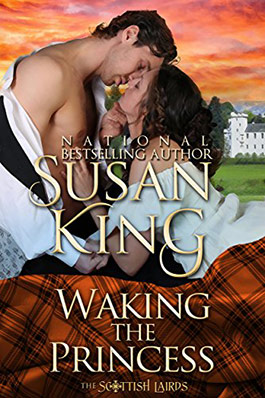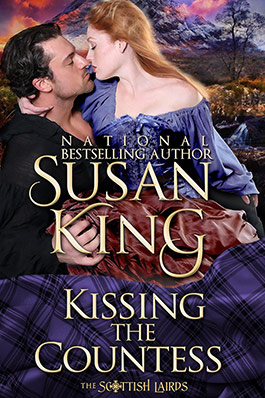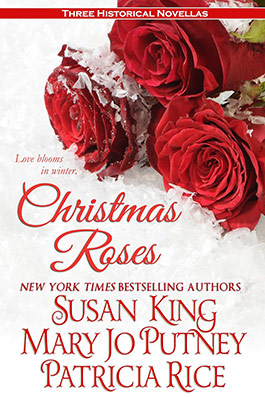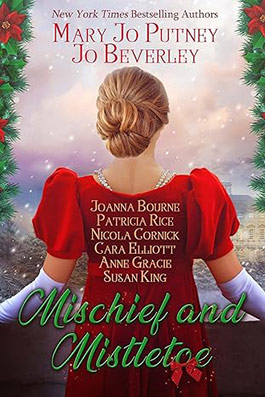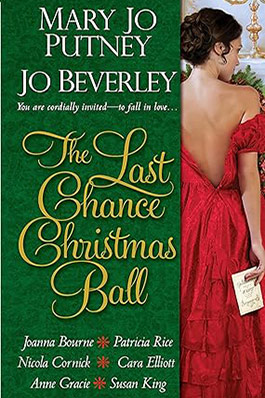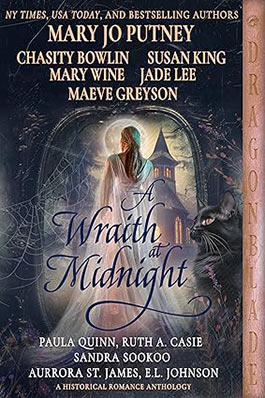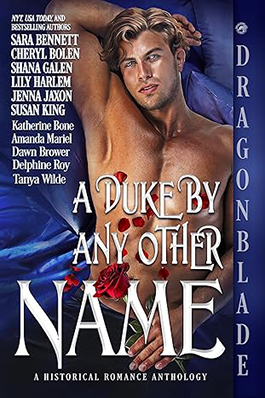Frequently Asked Questions
Q. Did you always want to be an author? What is the first story you remember writing? How did you get from there to where you are today?
Years ago, cleaning out some files, my dad found my second-grade report card. “Susie is a great little storyteller,” the teacher wrote. I hope she meant it kindly! I loved reading and began writing my own stories when I was young. At eleven, I wrote and illustrated my first historical novel in a composition book – an anachronistic, melodramatic tale if there ever was one. The cute-meet was a carriage accident with the heroine crawling out to be nearly trampled by a handsome lord riding by on his trusty steed. I wish I still had that notebook! Later, I wanted to be a doctor like my grandfather until I realized it involved math . . . I also loved art, so the choice became writer or artist. Writing didn’t seem very practical, so I went to art school instead, lol. That led me to art history and a doctoral program in medieval art, where I wrote countless research papers—and learned much about reaching for quality writing. By then, I was married, having baby boys, teaching art history, and secretly writing romance during preschool hours. I flipped my medieval dissertation into a medieval romance, got the courage to enter a contest, won an agent evaluation–and soon had a contract with Penguin. I wrote over a dozen books for them, went to Avon and Random House, wrote more books, including mainstream hardcover fiction, and took time to raise kids and teach. I’m so happy to be able to continue writing new stories.
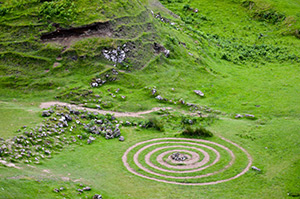
Q. How much research do you do into the time period and places you write about? Do you participate in costume events or living history situations or are you more a fan of libraries and online resources?
I’m a library girl at heart. I love research – years of grad school in medieval studies trained me in classic research methods and deep research. The internet has changed the way we research, vastly expanding what we know and what we can access. But knowledge accumulates, so I can research something quickly and it clicks with what I already know (as I tell my research and writing students, your best computer is your brain!). Though I started out writing medieval novels, I went on to write books set in 16th century Scotland as well as Regency and Victorian Scotland. I loved diving into those research areas too. The info carries along from one book to the next, growing my understanding and cumulative knowledge about Scottish history and the details of life in other centuries. And that helps with every book.
I love experiential research too—I’ve dressed in authentic costume for conference activities, and I’ve been to Scotland several times for research and to soak up that wonderful atmosphere. For some of my books, I’ve taken lessons in falconry, Celtic harp, medieval swordsmanship, fiddle, archery, and more. I even trained with a martial artist to learn how to catch arrows so that I could understand how a character would do it (and I caught them!). Whatever I’m researching, I always try to find a way to tangibly understand it too.
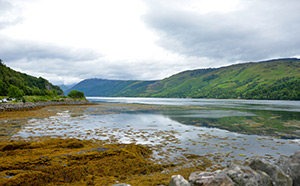
Q. Where is your favorite place to write? Does it change depending on where you are in the process?
My home office is a spare bedroom, and when the kids moved out, I claimed another room for a reading and library space. In good weather, I often do my writing and thinking work out on our screened porch, listening to birds and breezes in the trees (and hopefully not too much lawnmower noise). My Muse likes a private space, music for focusing, and lots of quiet. I’m too easily distracted to work in public places—no coffee shop work sessions for me! I would get nothing done. I tend to write and focus better late at night, when the Muse wakes up and gets creative. But that schedule doesn’t always jive with the practical need to get an early start. Once I enter deadline mode, I’m in my office for long, late hours, pounding away at the keyboard, wearing big flannel shirts, sucking down hot tea, surrounded by the debris of research and writing, while my very patient husband orders pizza and takes care of all else until I emerge with a finished book.
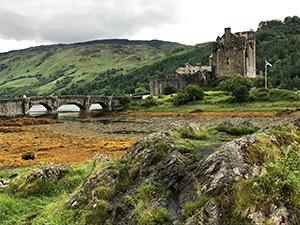
Q. Which comes first for you: the plot or the characters?
That is variable for me, book to book. Often intriguing plot ideas will jump out of the research, and that will get me started on a new story path. I vividly remember the moment that I realized Lady Macbeth’s story had never been accurately told from a historical perspective, and I took that on, writing and researching the real Lady Macbeth, then went on to write its sequel about Margaret of Scotland, approaching both novels as a trained historian as well as a fiction writer. Other books have come out of the research too. The Falcon Laird was inspired by the accounts I read of Scottish royal women cruelly locked in iron cages by Edward I of England—that stuck with me, and I had to pursue it to create a better ending for some fictional characters.
Yet sometimes a character steps out of the mist fully formed, and I want to write about him or her, and the setting and plot form around that character. That has happened with several books, most recently The Scottish Bride. I was reading about Thomas the Rhymer and wondered about the impact of his legacy on his family–and suddenly three fictional great-granddaughters popped into my mind. Those stories became The Scottish Bride, The Forest Bride, and The Guardian’s Bride.
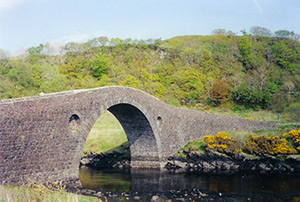
Q. You write stories set in Scotland. Why are you drawn there? What time periods are your favorite to write about?
I have a Scottish blood–one set of my great-grandparents were Frasers from Inverness, and some genealogy work revealed marriages within other clans in that area of Scotland. I’m a mix of Scottish, Irish, French, and Italian, and I’m very interested in all those cultures, countries, and history, and would love to expand my writing into those countries and more. But Scotland has my heart for whatever reasons—past lives is a good possibility, as it feels so much like home when I’m there. In graduate school, I focused on medieval art history and medieval studies, and I’ve written novels set in the medieval era, which I love and feel comfortable there as a writer and historian. I’ve also written and researched books set in Tudor, Jacobite, Regency and Victorian Scotland. I love those eras as well, the common thread being Scotland! Though I have a couple of dream books that I’d love to write someday, including medieval France and other areas.
